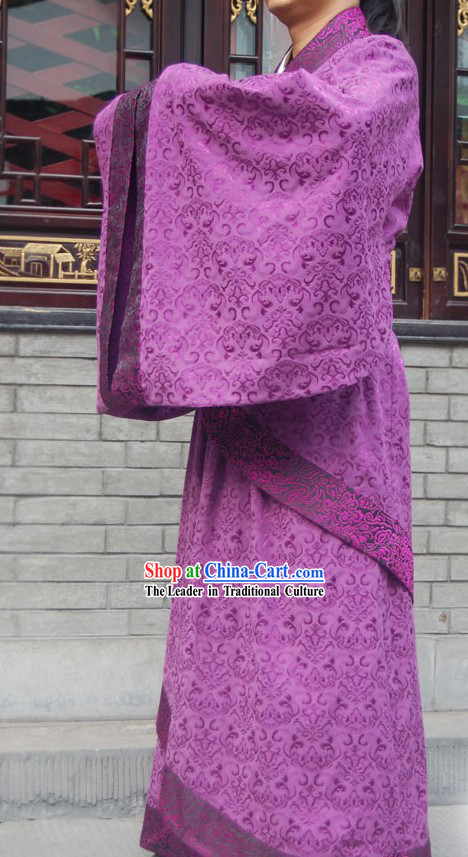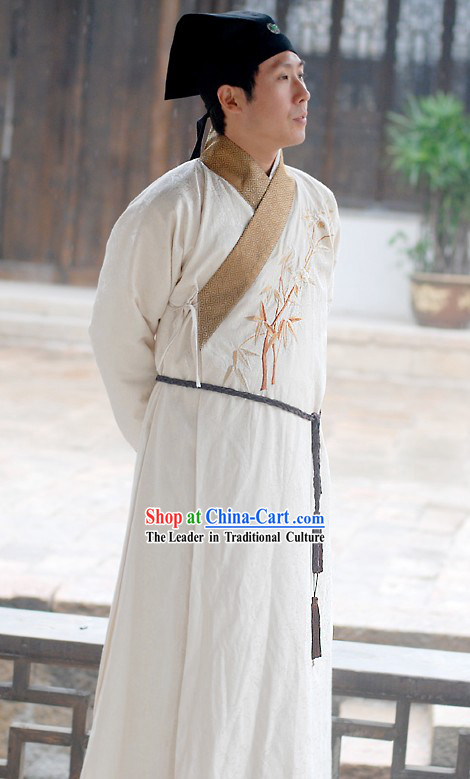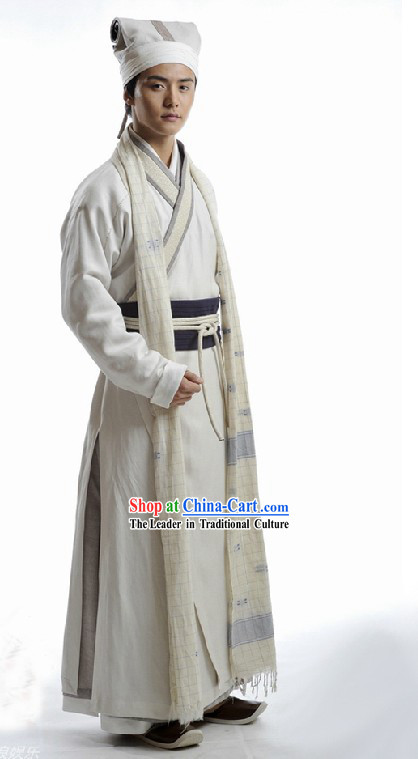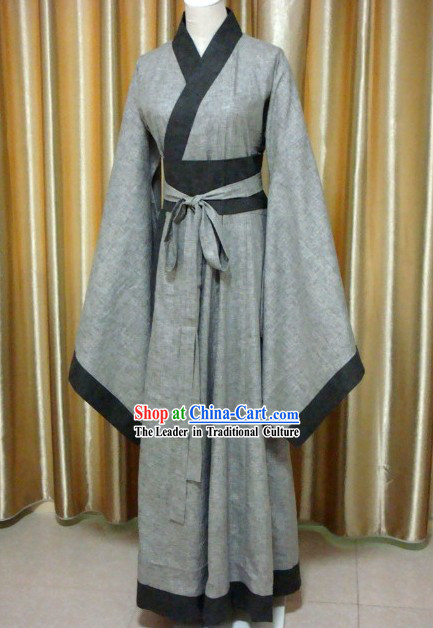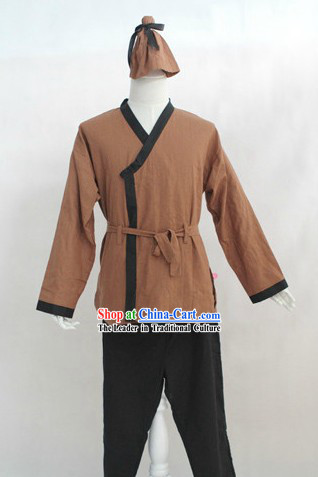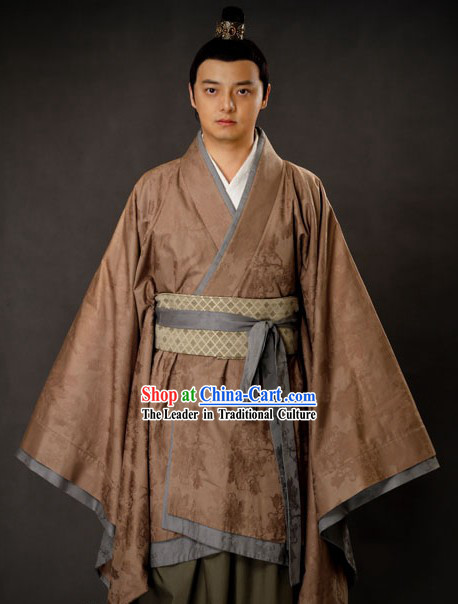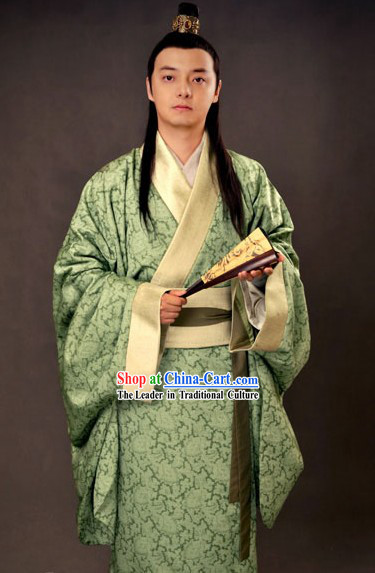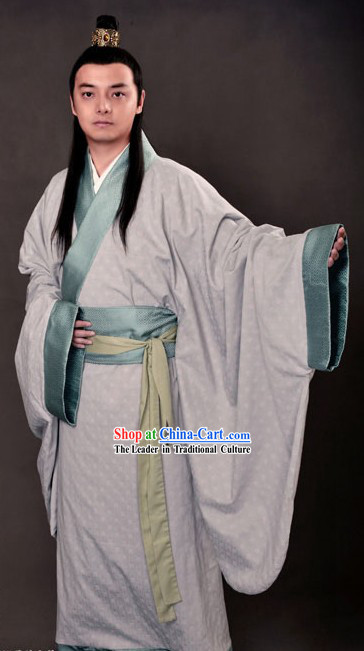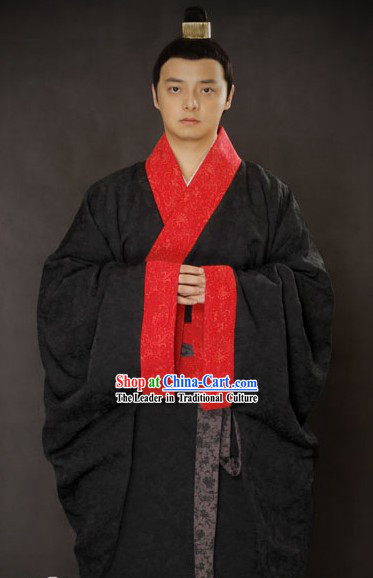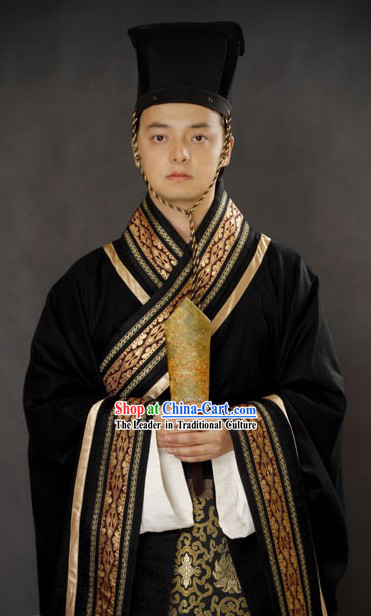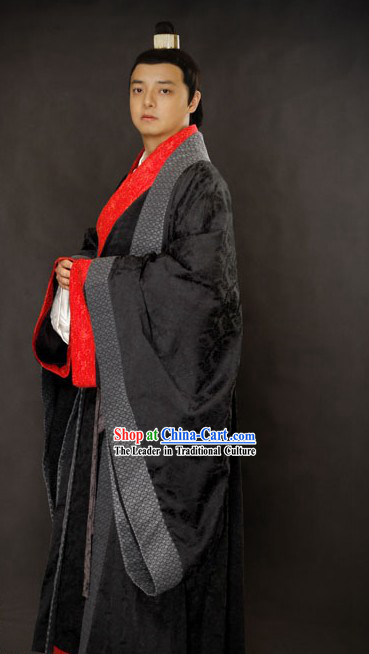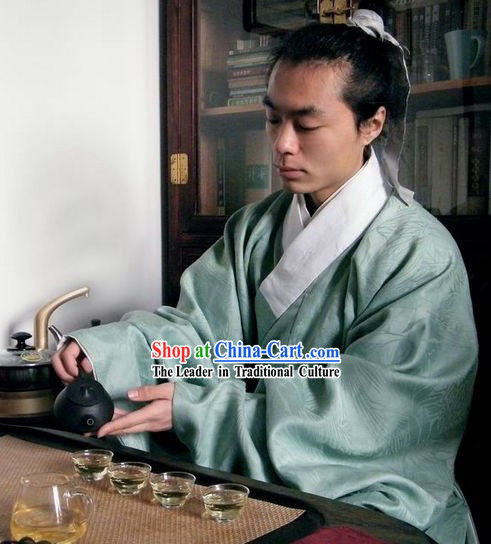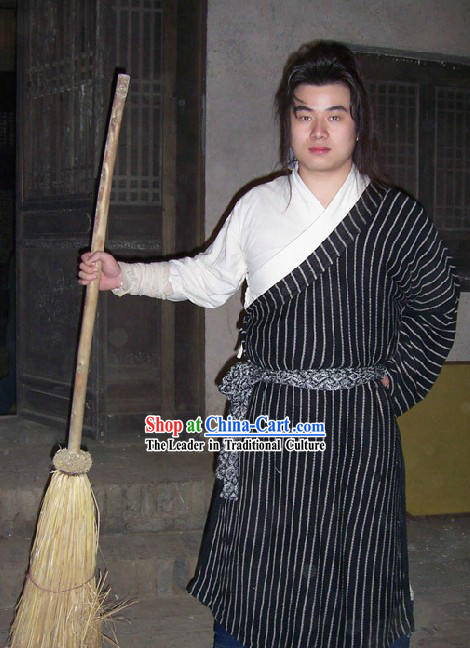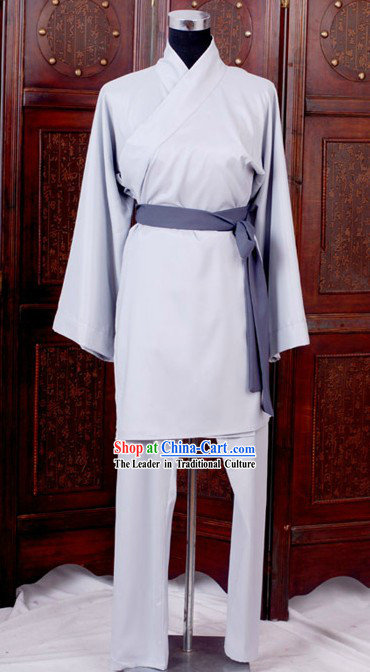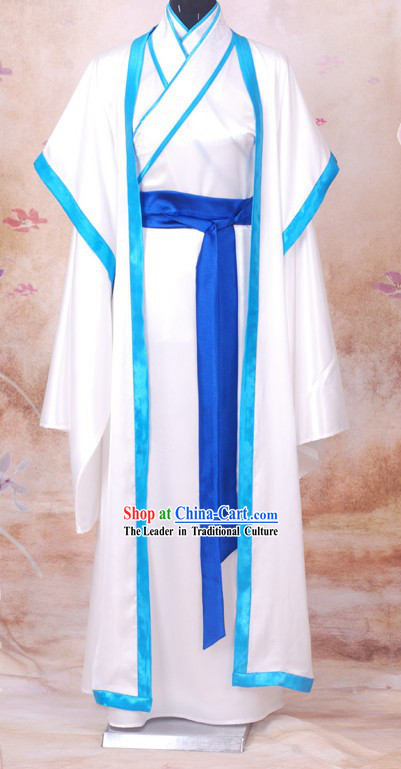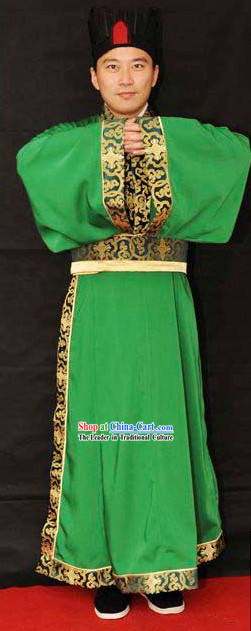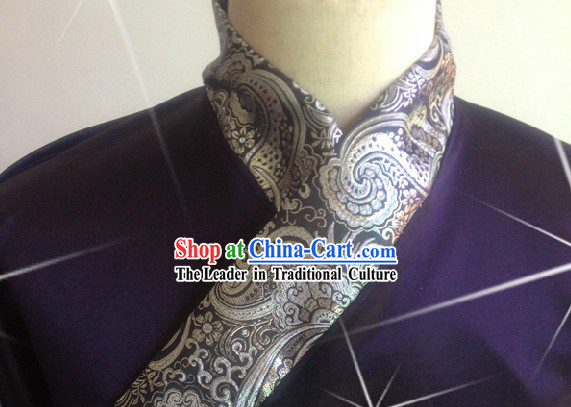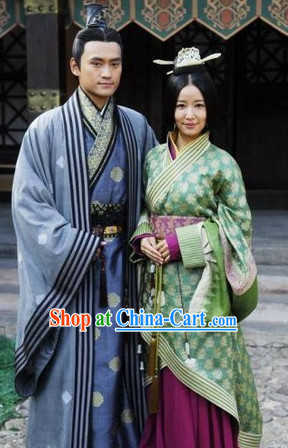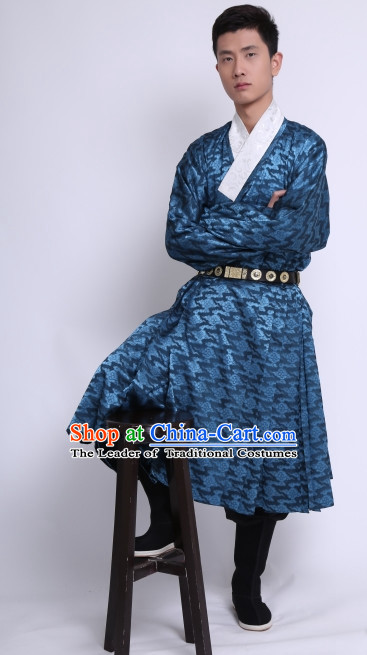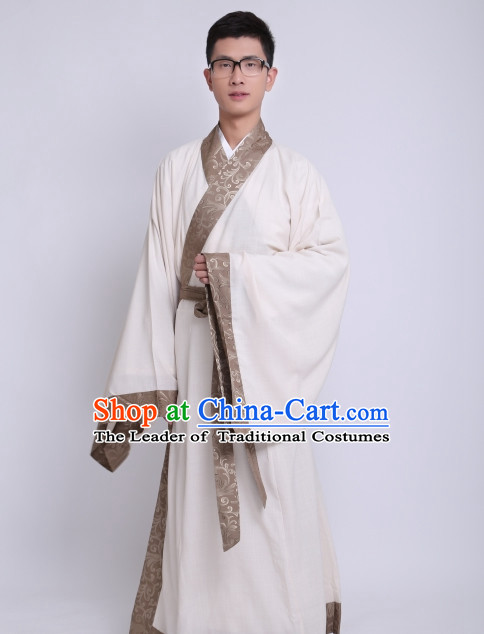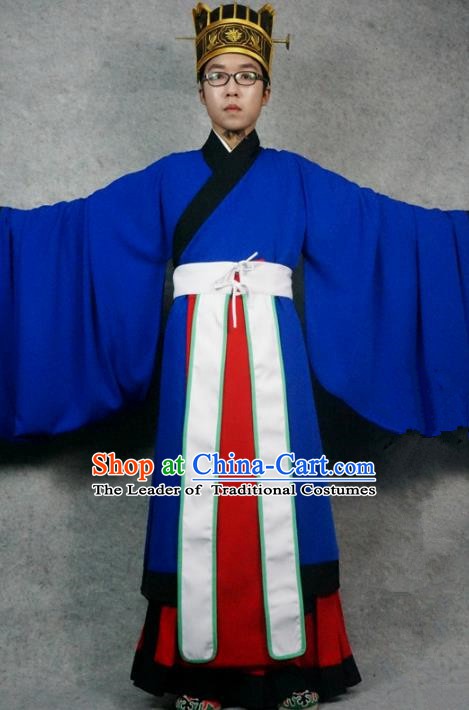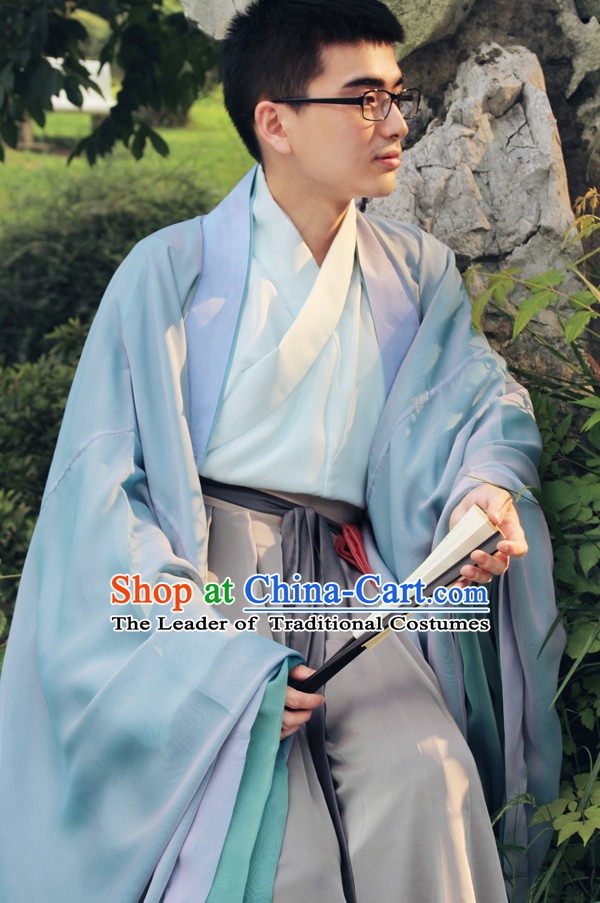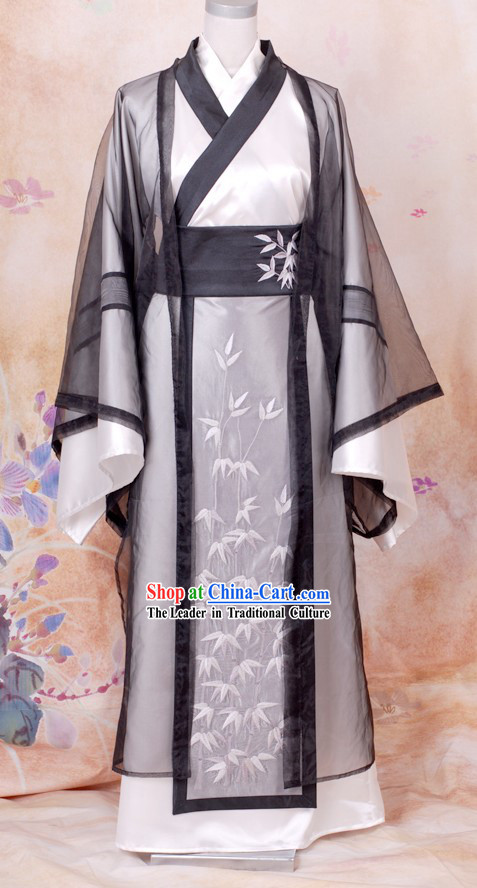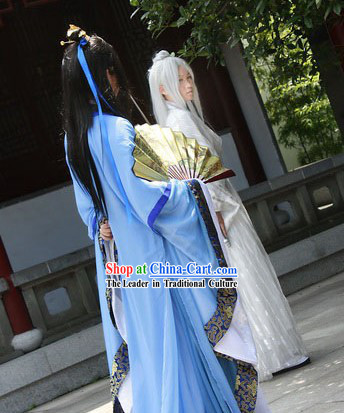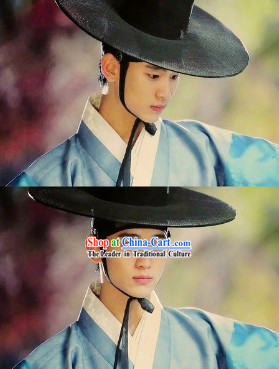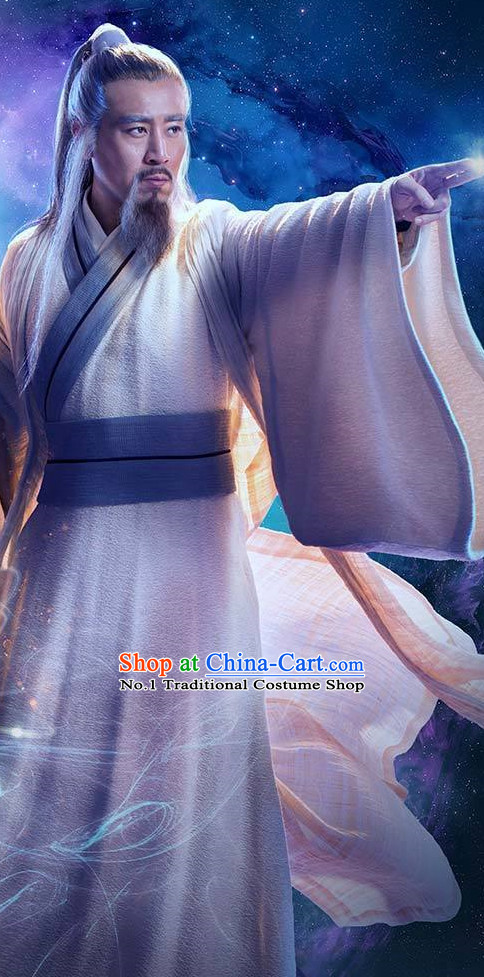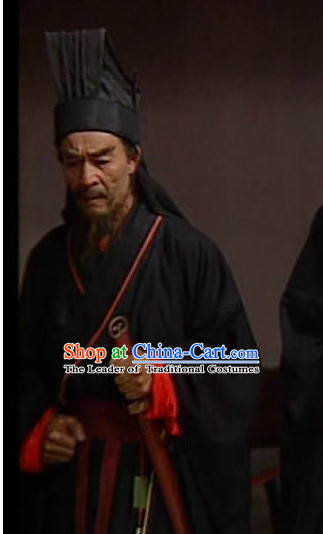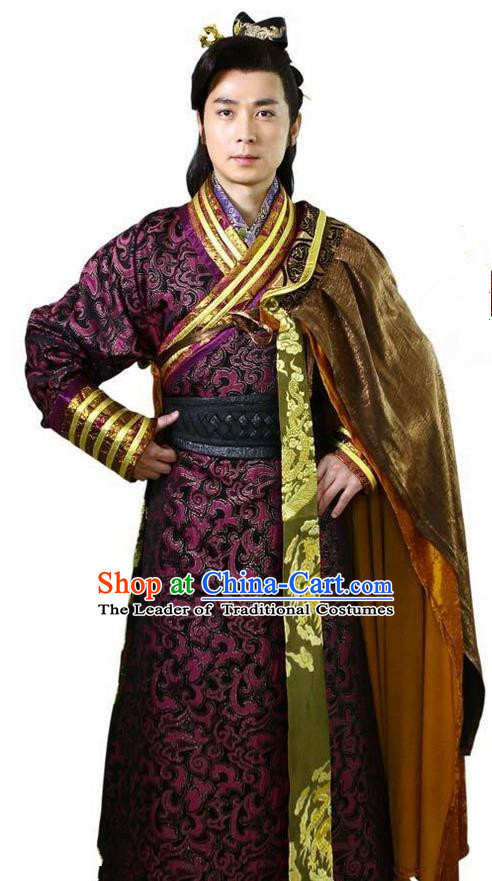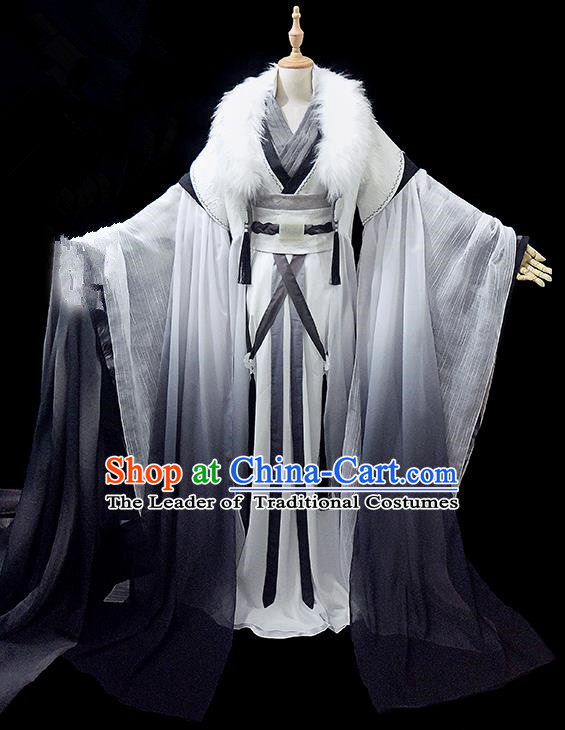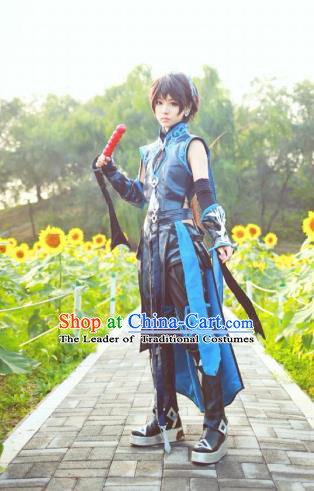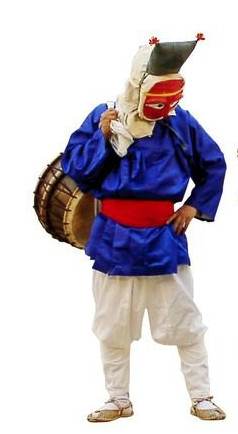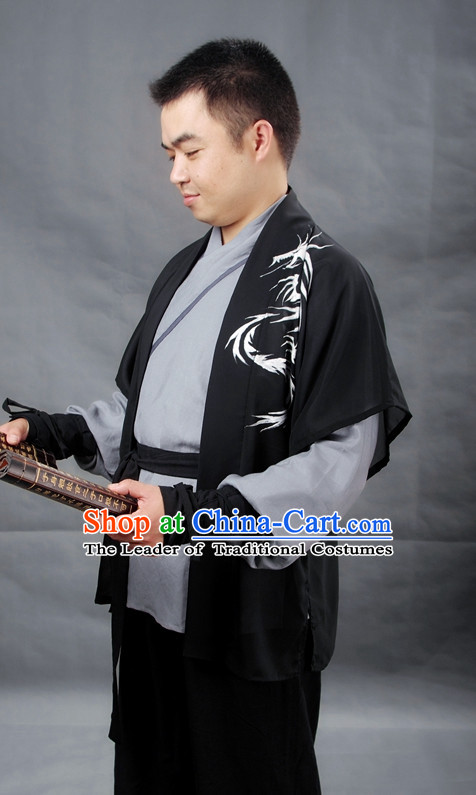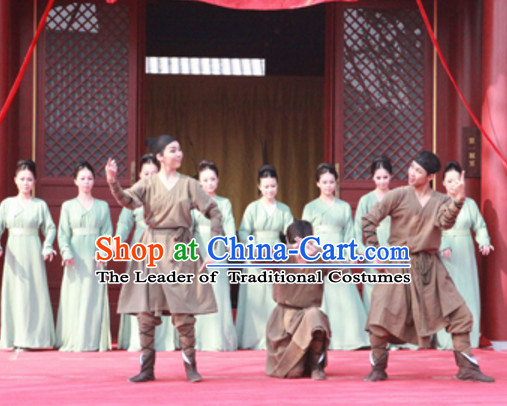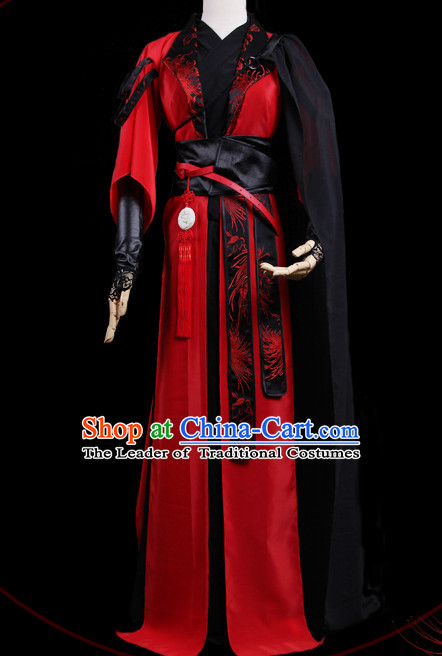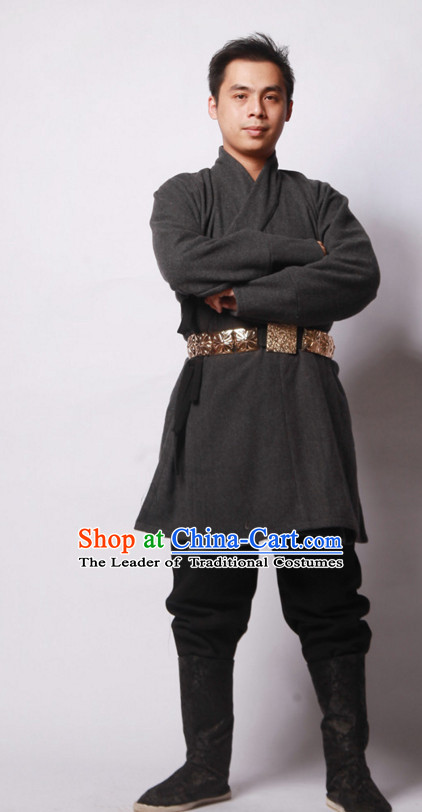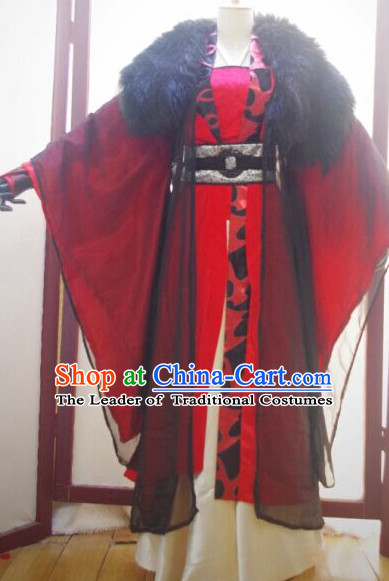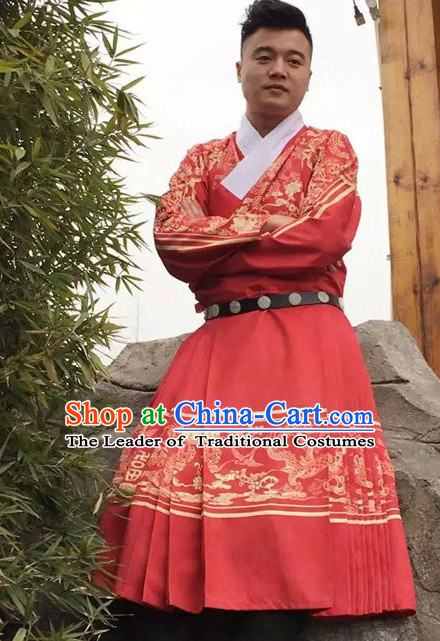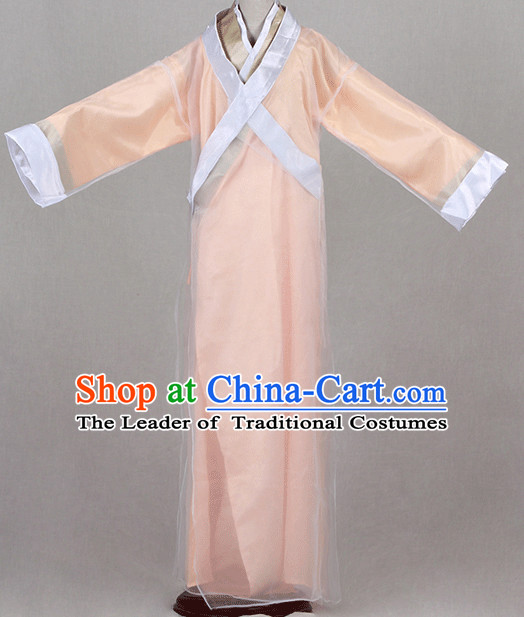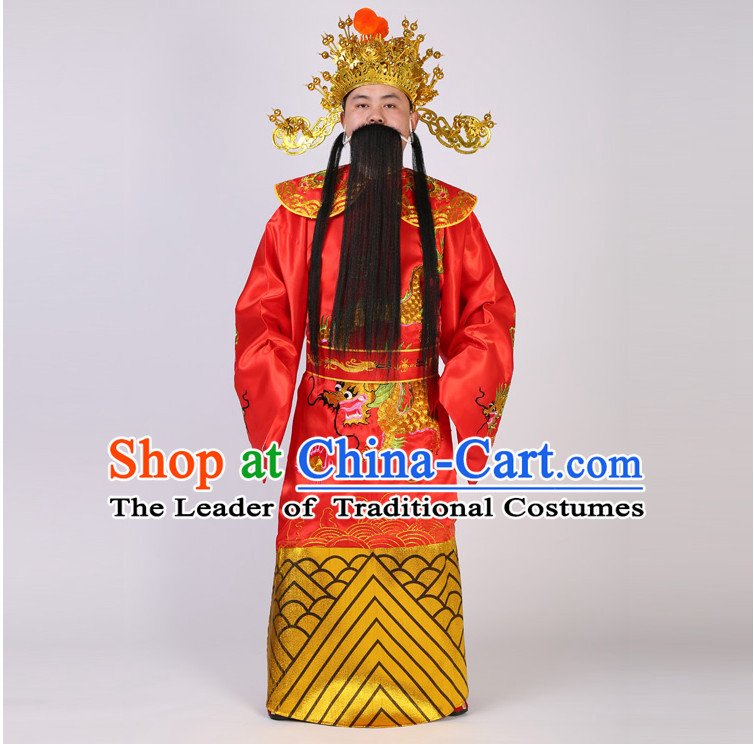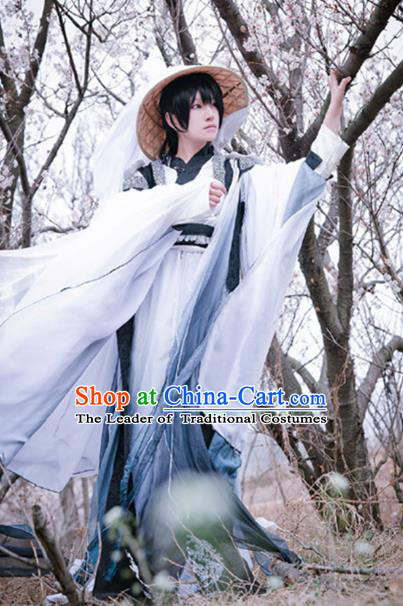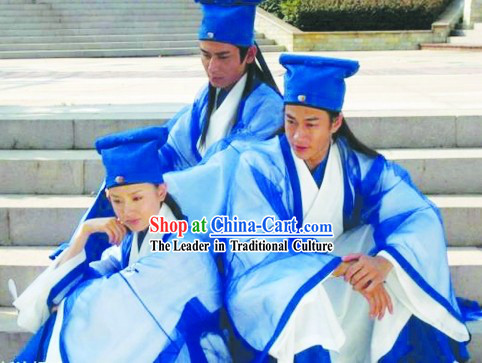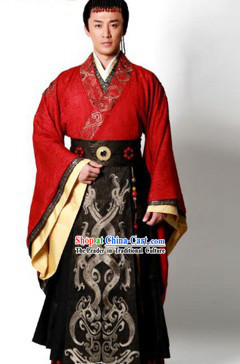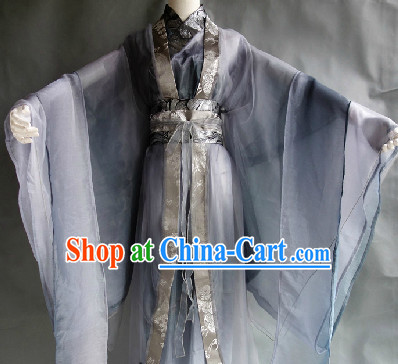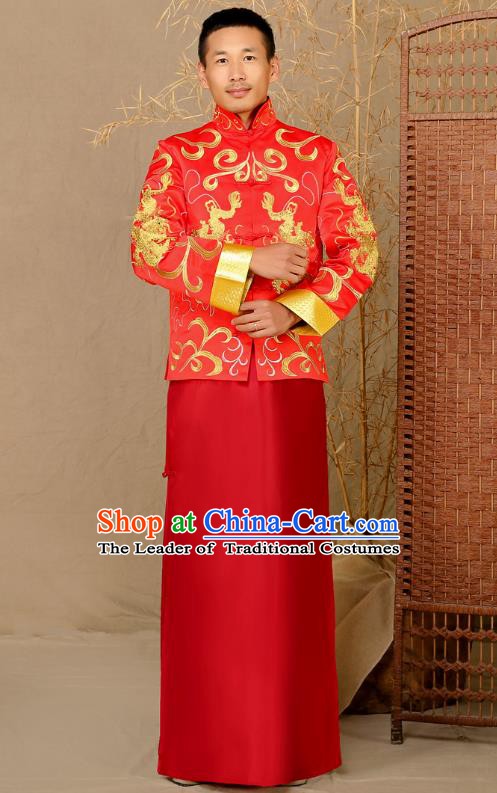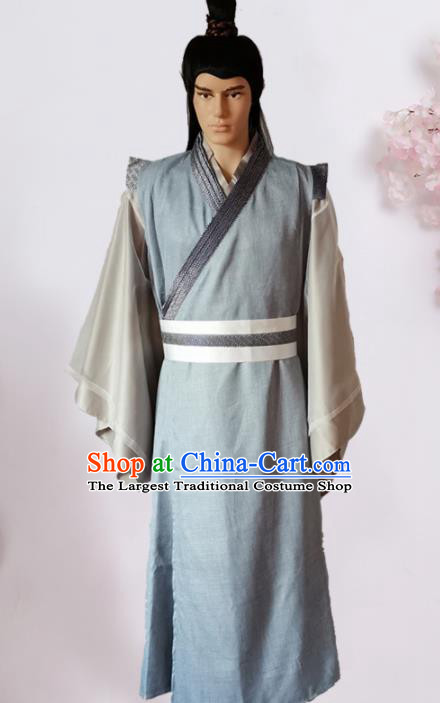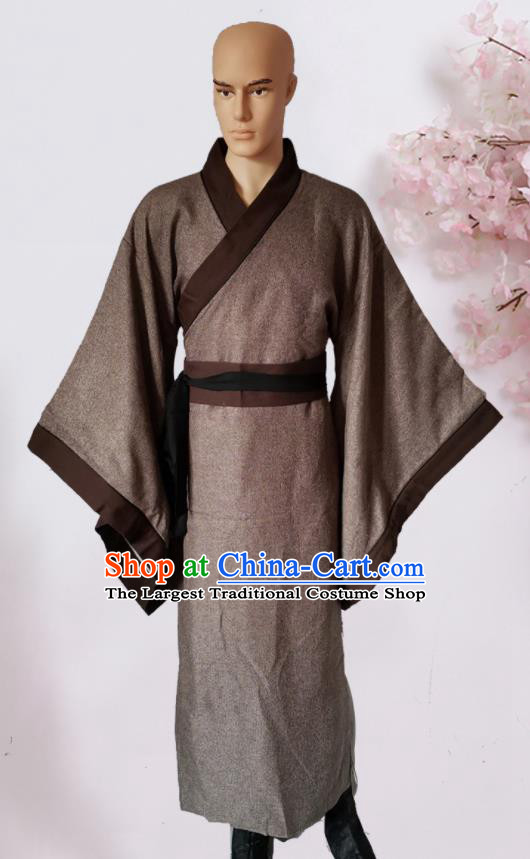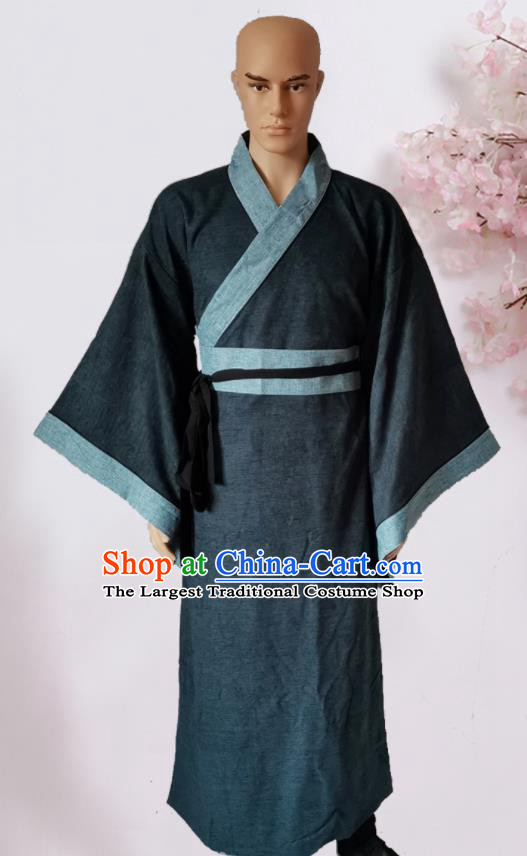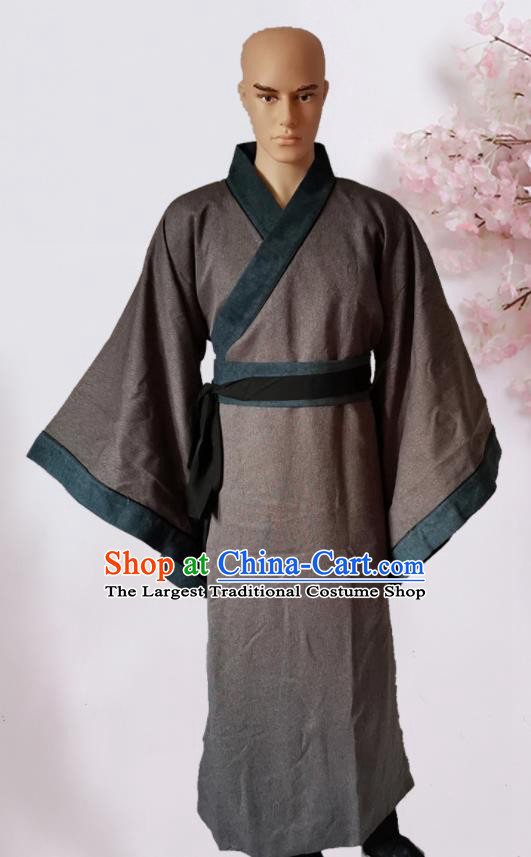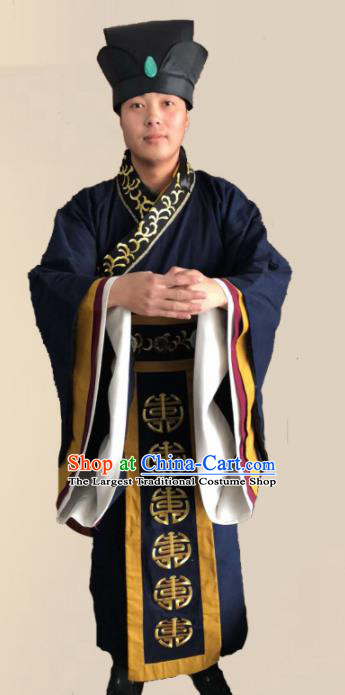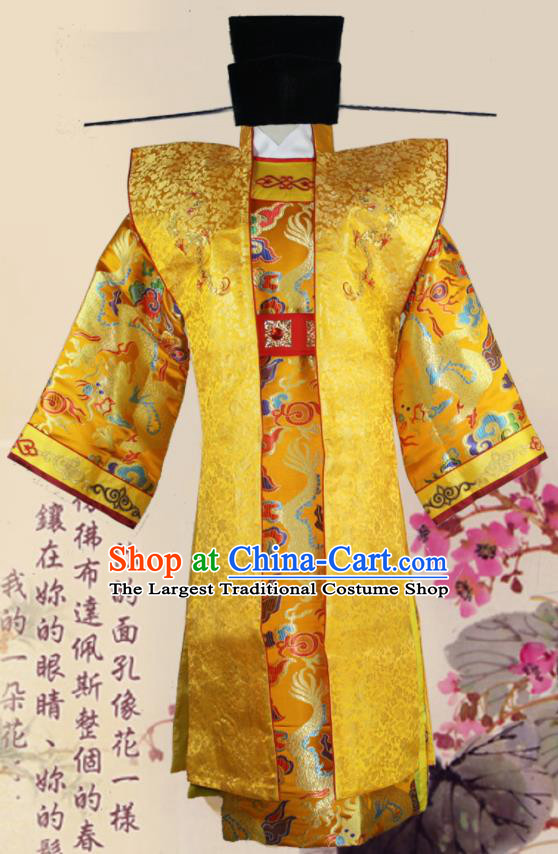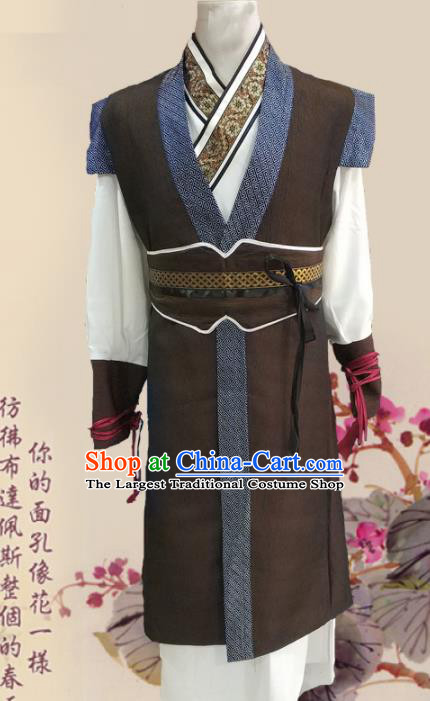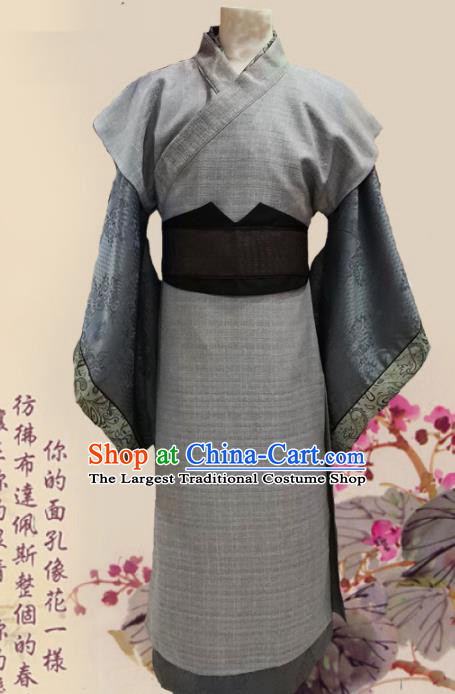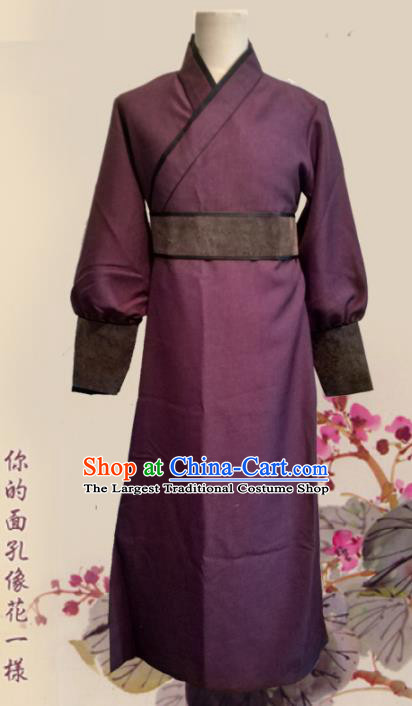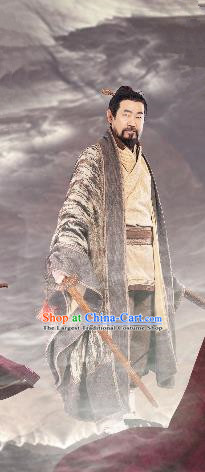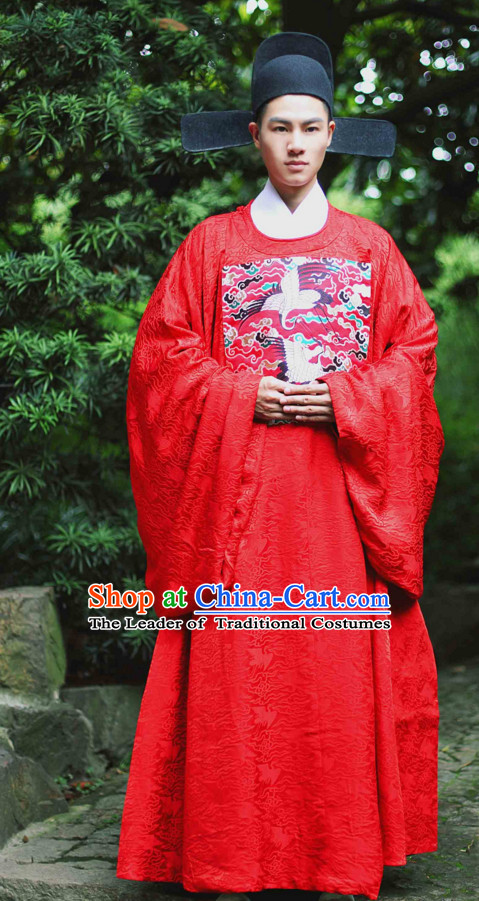
Click Related Pictures for More Audios:
Clothing in ancient China, especially for men, is a treasure of Chinese civilization due to its unique design, exquisite craftsmanship, and rich cultural connotations.
These clothes not only reflect the aesthetic concepts and lifestyles of that time but also carry the memories of history and the inheritance of culture.
In ancient China, male clothing usually includes upper garments, lower garments, headwear, shoes, etc.
The upper garments have various styles such as long robes, Magua (Chinese-style overcoat), and Mang Po (dragon robe), while the lower garments include straight pants, horse pants, and long pants.
The colors of these clothes are diverse, with red symbolizing joy and auspiciousness, and black representing solemnity and mystery.
In addition, there are many exquisite patterns and decorations such as embroidery, brocade, and piping, making these clothes more artistic and ornamental.
In ancient China, clothing was not just for covering the body and keeping warm; it was also a symbol of status.
For example, the dragon robe of the emperor, the official uniform of officials, and the scholar's robe all had clear hierarchical systems and regulations.
This hierarchical system maintained social stability and order to a certain extent.
Apart from practicality and symbolism, ancient Chinese clothing also has high artistic value.
Many famous literary works describe and praise clothing, such as Jia Baoyu in "Dream of the Red Chamber" and Sun Wukong in "Journey to the West."
Through delicate descriptions and vivid images, these works show the beauty and charm of ancient clothing.
In conclusion, ancient Chinese clothing is an important part of Chinese civilization.
It not only has practical functions but also carries rich cultural connotations and historical significance.
By appreciating and studying these clothes, we can better understand the history and culture of ancient China and feel the unique charm of the Chinese nation.
